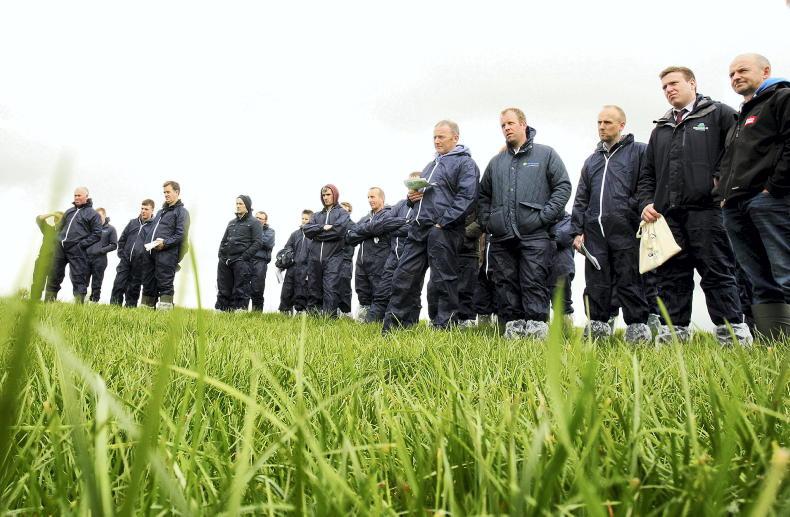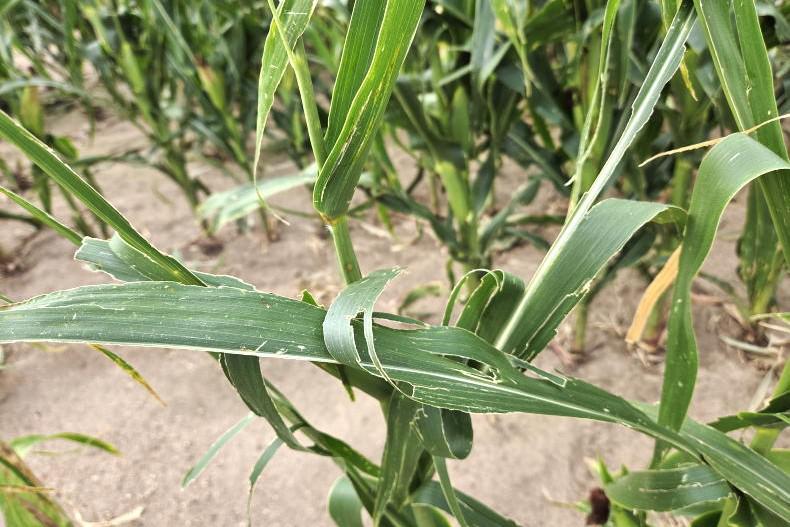Teagasc researcher Marion Beecher set the scene when she said that there are significant extra pressures on farming couples compared to couples who are not involved in farming.
She was speaking about a recent research survey carried out by UCD on 21 women whose partners are farmers and who themselves are actively involved in farming.
The results show that there can be a lot of strain on the relationship but particularly pressure on the female partner, because farms are generally inherited and usually through the male lineage.
“The survey showed that in the early days of the relationship, the female partner tended to have her own job and the farm was very much seen as his job. Then, as the courtship and romance developed, the women learned that the farm was much more than just a job and the influence of the partner’s family became more apparent.
“They soon realised that marrying into the farming family was much more complex and that the farm and the family were much more entwined with a lot of spoken and unspoken expectations.
“Participants’ experiences ranged from those that embodied good relationships and solid partnerships to the opposite of poor communications and unspoken expectations that often lead to strained relationships at times,” Marion said.
The extra demands on childcare and domestic life, as well as working on the farm, meant there was increased juggling of all responsibilities
She said that, for some, living in close proximity to the partner’s parents was new and, in some cases, they were expected to provide a caring role for them, as well as for their own parents. Marion said this was a particular challenge for women who have come from an urban to rural setting.
Participants in the survey said that they often felt a sense of isolation after their first child was born because they were often long distances from their own family and that the birth of the first child often coincided with the farm expanding, so their partner was busier and they were then primarily responsible for childcare.
“Many of the participants returned to their off-farm job after maternity leave but felt that the extra demands on childcare and domestic life, as well as working on the farm, meant there was increased juggling of all responsibilities.
“There was a blurring of the roles where farm and family life became more intertwined. Some of the participants were happy about devoting more time on farm but then struggled with the sense that their own careers, hard work and education were taking a back seat which led to a sense of guilt and a loss of identity.”
The main farm tasks carried out by the women included farm administration and calf rearing but as time went on many said that they became more involved in strategic decision-making. Marion said that for many of the women surveyed they felt they had to juggle the roles of mammy, farm admin person, housewife and whatever off-farm job that they retained.
Session chair Mella Briscoe, who is involved in Dairy Women Ireland, said that a lot of women involved in dairy farms think that they are the only ones and there is a feeling of isolation and anti-climax that they are stuck in the middle of an often expanding farm business, which can be very demanding on a relationship.
She said that Dairy Women Ireland provides an important network for women involved in dairy farming in Ireland.
Also speaking on this subject were Claire and Andrew Brewer, who are farming in Cornwall, England.
The Brewers have been farming together since the late 1990s and have two adult children who are not involved in the day-to-day running of the 500-cow farm.
Whoever is in from the yard first in the evenings puts on the tea
Claire said that they have different areas of responsibility on the farm. They have a cleaner for the house, who does all the cleaning, ironing and changing bedclothes.
“Don’t think of it as an unnecessary expense. Without it, we would have killed each other plus we’re better off to be focusing on the jobs that deliver £100 to £1,000 per hour returns. Another thing we do is that whoever is in from the yard first in the evenings puts on the tea,” Claire said.
Payments
As well as being involved in all the physical aspects of farm work, Claire is also responsible for book-keeping and payments as she previously worked as a bank manager before farming full-time.
She said it took a while for some sales reps to realise that she was the one who held the chequebook but that she was treated with a lot more respect when they realised that.
Claire pointed out that young farmers who are farming with the parents and who do not get control of the farm until after they are 30 is bad practice.
“The business and relationships all suffer as a result. The issue is that the older generation are not wanting to give up responsibility because they didn’t get that responsibility until they were too old but that practice has to change,” she said.
Read more about the Brewers in the current issue of the Irish Dairy Farmer magazine available at www.ifj.ie/dairyfarmer.
Costs of production on Irish dairy farms have increased sharply in recent years. It cost €1,600 to keep a cow in 2016 but it cost €2,000 to keep a cow in 2021 – a 25% increase excluding the huge increases in costs seen in 2022.
Data presented at the conference showed that the average cost of production on dairy farms in 2022 was around 35c/l and the average margin was 23c/l from which they have to pay their own drawings, tax and capital repayments.
Production
The cost of production in 2021 was 26.7c/l with a margin of just over 15c/l.
It was acknowledged that the high milk price drove profitability in 2022 but the question was asked, what will happen to profit when milk price drops? After six years of relatively high and stable milk prices, how flexible are farmers at cutting costs?
If milk price were to fall by 20% and costs stay the same as they are now, the margin would halve to 12c/l. If milk price were to fall 30% and costs stay the same, then profit would fall to just 6c/l. This would be insufficient profit to pay for own labour, tax and capital repayments.
It is clear that costs need to fall on dairy farmers in light of projected drop in milk prices.
Quantity of inputs being used as well as the price of the inputs need to be considered.
With labour and land prices continuing to increase, it won’t be possible to cut all costs.
Stock
During the discussion with Joe Patton from Teagasc and private consultant Mary Kinston, it was said that many dairy farmers are carrying too many stock for what their land can provide and as a result are spending too much on feed and support land.
What is an appropriate stocking rate needs to be considered when looking at costs.










SHARING OPTIONS